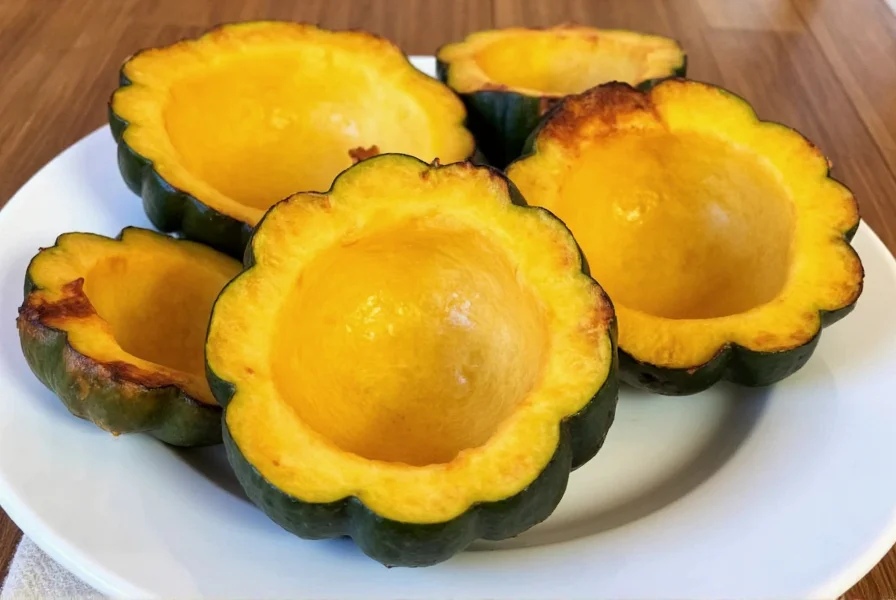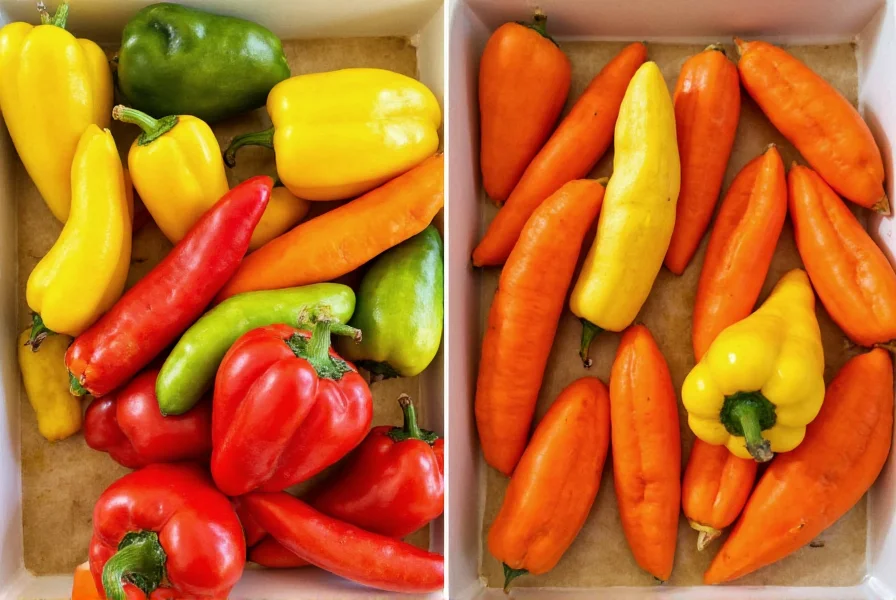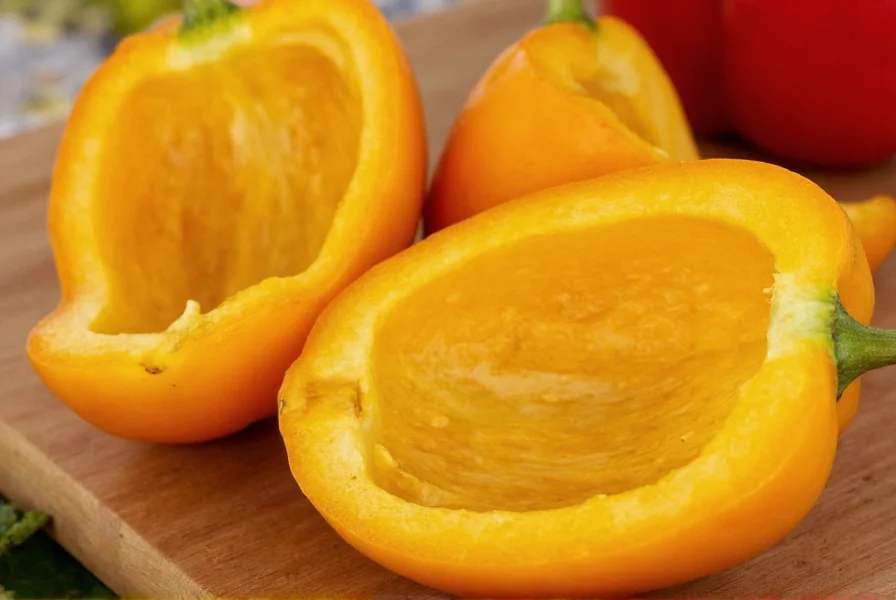Pepper squash varieties like acorn and delicata offer a sweet, nutty flavor that intensifies when baked properly. This versatile winter vegetable transforms into a delicious side dish or main course component with minimal effort. Understanding the proper baking technique ensures you achieve perfectly tender squash with caramelized edges and maximum flavor retention.
Selecting the Best Pepper Squash for Baking
When choosing pepper squash for baking, look for specimens with firm, unblemished skin and substantial weight for their size. Acorn squash should have a dark green color with possible orange patches indicating maturity. Delicata squash displays distinctive longitudinal stripes. Avoid squash with soft spots, cracks, or mold, as these indicate spoilage that will affect your baking results.
Preparation Techniques for Baking Pepper Squash
Proper preparation is crucial for successful baking. Start by washing the squash thoroughly under cool water. For easier cutting, pierce the skin in several places with a knife and microwave for 2-3 minutes to soften slightly. Using a sharp chef's knife, carefully cut lengthwise through the center. Scoop out seeds and stringy pulp with a sturdy spoon. Unlike butternut squash, pepper squash varieties like acorn have edible skins when baked properly, eliminating the need for peeling.
| Squash Type | Prep Time | Baking Time | Best Seasonings |
|---|---|---|---|
| Acorn Squash | 10 minutes | 35-45 minutes | Maple syrup, thyme, sage |
| Delicata Squash | 8 minutes | 25-35 minutes | Rosemary, garlic, lemon zest |
| Honeynut Squash | 7 minutes | 30-40 minutes | Cinnamon, nutmeg, brown sugar |
Step-by-Step Baking Instructions
Follow these professional baking techniques for perfect pepper squash every time:
- Preheat your oven to 400°F (200°C) with rack positioned in the center
- Prepare baking sheet with parchment paper or aluminum foil for easy cleanup
- Add 1/4 inch of water to the baking sheet to create steam and prevent drying
- Place squash halves cut-side down on the prepared sheet
- Bake for 20 minutes, then carefully flip squash cut-side up
- Brush exposed flesh with olive oil or melted butter and add seasonings
- Return to oven and bake additional 15-25 minutes until fork-tender
- Broil for 2-3 minutes for caramelized edges (optional)

Flavor Enhancement Strategies
Elevate your baked pepper squash with these flavor pairing suggestions. For savory applications, combine roasted garlic, fresh thyme, and a sprinkle of Parmesan cheese. Sweet variations shine with maple syrup, cinnamon, and toasted pecans. The natural sweetness of pepper squash complements both flavor profiles beautifully. Try stuffing baked squash halves with quinoa, dried cranberries, and chopped walnuts for a complete meal. Acidic elements like balsamic vinegar or lemon juice added after baking balance the natural sweetness and enhance overall flavor complexity.
Common Baking Mistakes to Avoid
Many home cooks encounter issues when baking pepper squash. Overfilling the baking sheet prevents proper air circulation, resulting in steamed rather than roasted squash. Skipping the initial cut-side down baking phase leads to uneven cooking. Using insufficient seasoning fails to complement the squash's natural flavor. Most importantly, undercooking leaves the squash unpleasantly firm. Test for doneness by inserting a fork into the thickest part of the squash—it should slide in with little resistance when properly cooked.
Nutritional Benefits of Baked Pepper Squash
Baking preserves more nutrients in pepper squash compared to boiling. These winter vegetables provide excellent sources of vitamin A, vitamin C, fiber, and potassium. A single serving of baked acorn squash contains approximately 115 calories, 2 grams of protein, and 29 grams of carbohydrates, with 9 grams of fiber. The natural sugars in pepper squash become more concentrated during baking, enhancing sweetness without added sugars. Pairing with healthy fats like olive oil improves absorption of fat-soluble vitamins present in the squash.

Storage and Reheating Recommendations
Store baked pepper squash in an airtight container in the refrigerator for up to 5 days. For longer storage, freeze portions in freezer-safe bags for up to 3 months. When reheating, place squash in a 350°F oven for 10-15 minutes rather than using a microwave, which can make the texture mushy. Adding a small amount of liquid during reheating prevents drying. Leftover baked squash works wonderfully in soups, salads, or as a topping for grain bowls.
Recipe Variations for Different Occasions
Adapt your baked pepper squash recipe for various dietary needs and occasions. For a holiday centerpiece, stuff acorn squash halves with wild rice, dried cherries, and toasted almonds. Create a vegan option by substituting maple syrup for honey in sweet preparations. For a protein-packed meal, fill baked squash with black beans, corn, and avocado. Sheet pan variations combine cubed pepper squash with Brussels sprouts, red onions, and bacon for a complete side dish. The versatility of baked pepper squash makes it suitable for everyday meals or special occasions.











 浙公网安备
33010002000092号
浙公网安备
33010002000092号 浙B2-20120091-4
浙B2-20120091-4